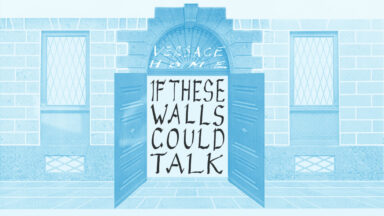Text: Yiannis Vasileiou
Space and sex. Space as sex. Two notions utterly important to the life of a human being are closely investigated by a new exhibition at Centre de Cultura Contemporània de Barcelona. 1000m2 of Desire. Architecture and Sexuality examines the way Western society has planned, built and imagined spaces for sex from the 18th century to the present day.
Three thematic sections: Sexual Utopias, Libertine Refuges and Sexographs invite us to consider how sexualities are constructed in accordance with specific cultural codes subject to norms that govern bodies and discourses, and the nature of the space of desire and pleasure in our society. With some 250 exhibits, including drawings and architectural models, art installations, audiovisuals, books and other materials, the exhibition explores the power of spaces as the driving force of desire and shows how architecture, as the physical design of a space and setting, makes up a substantial part of our sexual fantasies. Starting form the 18th century, the exhibition bring us to today and explores the basis upon which the idea of desire is based today.
Contemporary architects and artists set questions like “Do sexual images on the Web represent or replace relationships by sublimating them?” and “Is the hypersexualisation of society, as it is represented by the media, substituting actual sexual life?” Questions that will give answers crucial to the understanding of the relation between modern human beings and their sexuality. Apart from works of contemporary architects and artists, the exhibition looks afresh at the proposals of Claude-Nicolas Ledoux, Charles Fourier, Marquis de Sade and Guy Debord, as well as the radical architecture of the 1960s and 1970s, Carlo Mollino, Adolf Loos, Nicolas Schöffer, Wilhelm Reich and “Playboy architecture”. 1000m2 of Desire. Architecture and Sexuality is curated by the architect Adélaïde de Caters and the CCCB’s head of exhibitions Rosa Ferré, and will be at the CCCB from 26th October 2016 to 19th March 2017.



